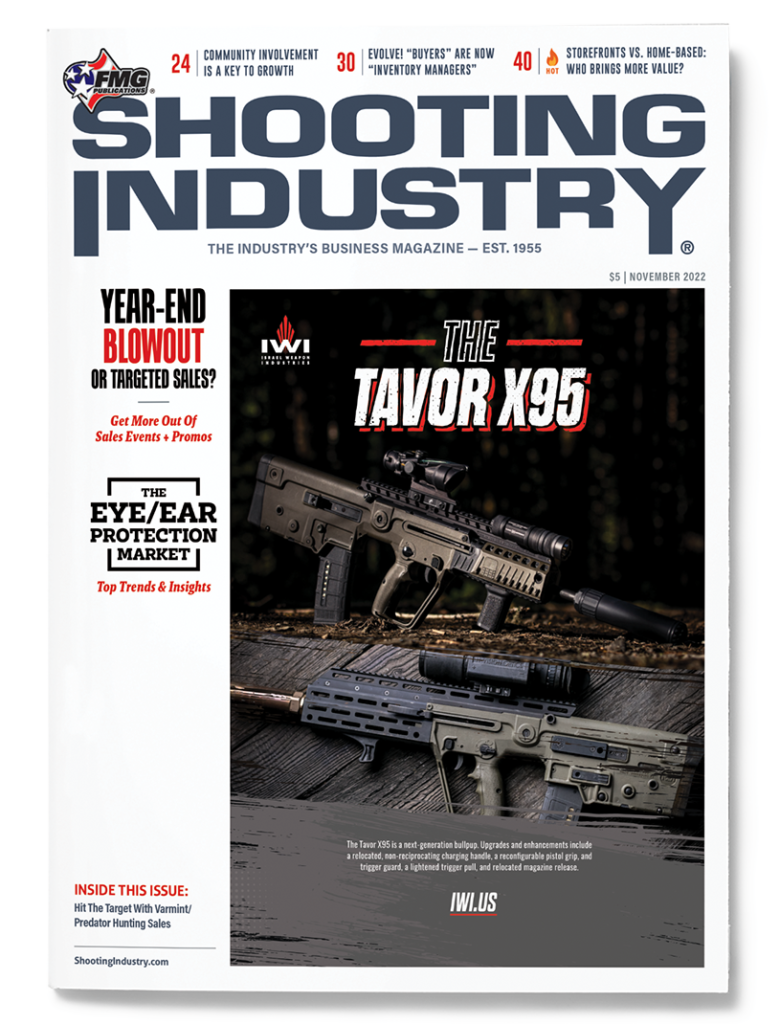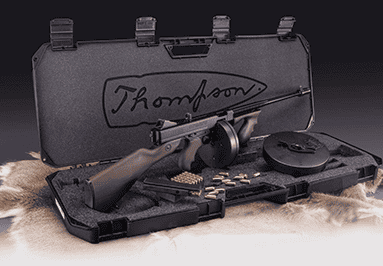It’s Time To Evolve!
Why “Buyer” Is An Outdated Role
What is a “Buyer” in a retail store? If you ask Mr. Webster, it sounds like “a person employed to select and purchase stock or materials for a large retail or manufacturing business.”
Who wouldn’t want this job? Isn’t it fun spending someone else’s money? But with this responsibility comes an adage: “A buyer needs to have the emotional fortitude to live in the land of ‘I bought too much’ or ‘I bought too few’ and never end up buying the right amount.”
Point-of-sale systems (POS) of today can help with the process, but even still, it leaves a great deal of “art” in the journey and a lot less “science.”
The real trick here is the role of the buyer has changed, whether they like it or not. If a buyer cannot adapt to the new environment, they very well may be causing more harm than good to the business!
Let’s dive deep into the world of today’s buyers and see how they need to function, day to day, in the current landscape to be successful.
It’s More Than Buying
First, and possibly most important, the title “Buyer” needs to be retired — tossed away in the dustbin of yesterday and left to the history books.
“Buyer” elicits the sense the person is only responsible for the acquisition of inventory. This may be true in very large organizations, but for 99% of the people reading this, if the buyer’s responsibility ends when the product hits the loading dock, you’re quite likely sitting on punishing levels of excess, old, hard-to-sell and/or dated inventory that eats up your valuable cash reserves.
Inventory is quite likely the largest single expense a store regularly must deal with, yet often gets the least amount of attention when it comes to how well it’s performing.
So, how do we change this for the better? Here are four ways to elevate the traditional role of “Buyer” in your organization.
Make sure the inventory manager has the tools to properly measure, monitor and act regarding inventory levels and purchasing decisions.
1. Change The Title
Let’s start with the title. Instead of using “Buyer,” use the title “Inventory Manager.” This simple change can fundamentally alter how anyone who holds the role understands his or her responsibilities — and how they extend far beyond just buying inventory.
2. Get A Quality POS System
Make sure the inventory manager has the tools to properly measure, monitor and act regarding inventory levels and purchasing decisions.
The tools critical to excelling in this role would include: a POS system able to report on inventory levels, performance and history; a personal understanding of Key Performance Indicators (KPIs), which identify inventory success; a reliable channel of communication with the sales team to inform them of inbound, sale, clearance; and other critical facets of inventory management.
Another tool of tremendous help would be to subscribe to an inventory database service such as RetailBI from GearFire. Business-intelligence data can give the inventory manager a better understanding of the retail landscape from data.
Alexis Tunell, Gearfire chief strategy officer weighs in: “Being able to get market intelligence about market-accurate pricing trends, sales volumes — as well as seasonal trends — puts an inventory manager in a far better position to negotiate a deal best for the store.”
Data is everything! Any way an inventory manager can get a clearer picture of the current market space and how it will impact the store will enable them to make far more accurate purchases (and selling strategies), and to know when to clearance out inventory on the downtrend before the market totally collapses.
3. Know The Profit Margins
A successful inventory manager needs to fundamentally understand the profitability needs of the products the store sells. An inventory manager needs the visibility to price products so, at the end of the day, all the efforts and expenses incurred with running the store are more than paid for from the profits of goods sold.
It may feel good to a store to have the “lowest prices in town” on an in-demand item — and even sell a lot of them in the process — only to find out later they weren’t even covering their labor costs at the margins they set.
4. Understanding A Product’s Profit Potential
All too many stores will consider putting products on sale once they’ve owned them for a year. Ultimately, for the vast majority of products, if a store has owned it for a year they’ll be losing money on the sale of the item — even if they sell it at the full asking price.
Therefore, it’s the inventory manager’s job to understand the profit potential of every item in the store, know the timeframe it remains profitable and take actions to turn said item back into cash. This skill set takes a high level of sophistication and understanding of the costs incurred by owning and selling inventory over time.
If the buyer’s responsibility ends when the product hits the loading dock, you’re quite likely sitting on punishing levels of excess, old, hard-to-sell and/or dated inventory that eats up your cash reserves.
It’s Time To Evolve!
So yes, the role of the “Inventory Manager” today is far more complex than a simple “Buyer.” To effectively post healthy profits at the end of the year, every store (if they haven’t already) needs to evolve their buyer into an inventory manager to squeeze out maximum profits. It takes a great deal of market data and intelligence to make the best possible decisions around inventory purchases.
If an inventory manager can embrace the changing demands of the role, while using the tools available to them today, the chances of them leading their operation to a profitable outcome in any market conditions are vastly improved.
For most operations, the day of the “Buyer” is over and has evolved into the “Inventory Manager.” The time is now to lean into this role and see the benefits!






